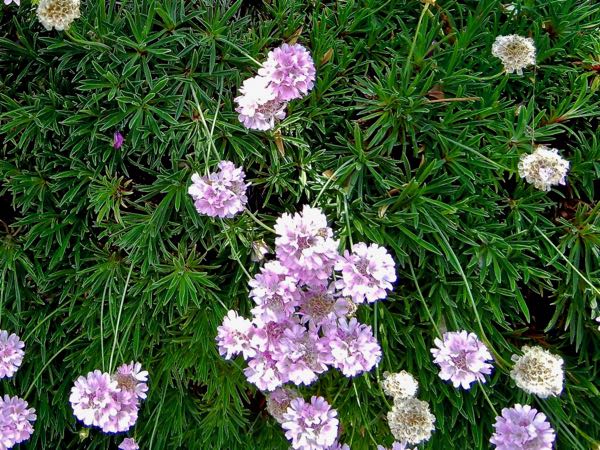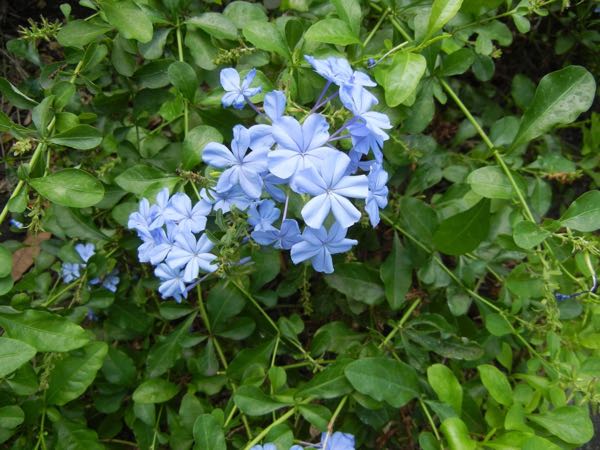Unveiling the Allure of Plumbaginaceae: Exploring the Leadwort Family
Plumbaginaceae, derived from the Latin words “plumbum” meaning lead, and “ago” meaning resemblance, is an esteemed family of plants belonging to the order Caryophyllales. Within its ranks, Plumbaginaceae boasts a captivating assortment of perennials, lianas, herbaceous plants, and a few shrubs, enchanting botany enthusiasts with its diverse array of species. With approximately 30 genera and around 725 species, this family unveils nature’s artistic touch in mesmerizing ways.
Floral Elegance
The flowers of Plumbaginaceae display a distinctive charm, typically arranged in spikes or racemes. They exhibit a fascinating combination of features: being bisexual and actinomorphic, they captivate with their balanced symmetry. As the flowers mature and transform, the fruit takes shape in the form of an achene or a circumscissile capsule, adding a touch of intrigue to the life cycle of these remarkable plants.
Ecological Niches
Plumbaginaceae plants often find their home in saline marshes and coastal locations, displaying their resilience and adaptability to challenging environments. These habitats, characterized by their unique salinity levels, provide a backdrop for the family’s striking presence. Thriving amidst the coastal breezes, Plumbaginaceae contributes to the beauty of these landscapes, showcasing their ornamental value.
Ornamental Delights and Medicinal Potential
The allure of Plumbaginaceae extends beyond its aesthetic appeal, as many members of this family are highly sought after for their ornamental value. Whether adorning gardens, landscapes, or floral arrangements, these plants captivate with their exquisite form and colors, adding splendor to any setting.
Moreover, some species within Plumbaginaceae hold medicinal uses, offering a fascinating intersection between botany and traditional medicine. Harnessing the therapeutic properties of these plants, ancient civilizations recognized their potential to support human health and well-being, further highlighting the significance of Plumbaginaceae within the realm of ethnobotany.
A Botanical Tapestry
Plumbaginaceae, the Leadwort family, weaves a captivating tapestry within the botanical world. From its intriguing name rooted in the resemblance to lead to the diverse range of species and habitats it encompasses, this family embodies nature’s creative genius. Whether gracing coastal landscapes or captivating us with ornamental beauty, Plumbaginaceae invites us to explore its floral wonders and discover the hidden treasures it holds.
Plumbaginaceae sub-families include:
Plumbaginoideae
Staticoideae
Genera in the Plumbaginaceae family of plants include:
Acantholimon
Aegialitis
Aeoniopsis
Afrolimon
Armeria
Armeriastrum
Bakerolimon
Bamiania
Bukiniczia
Cephalorhizum
Ceratolimon
Ceratostigma
Chaetolimon
Dictyolimon
Dyerophytum
Eremolimon
Eurychiton
Goniolimon
Ikonnikovia
Limoniastrum
Limoniodes
Limoniopsis
Limonium
Muellerolimon
Neogontscharovia
Plegorhiza
Plumbagella
Plumbagidium
Plumbago
Psylliostachys
Saharanthus
Statice
Taxanthema
Valoradia
Vogelia


